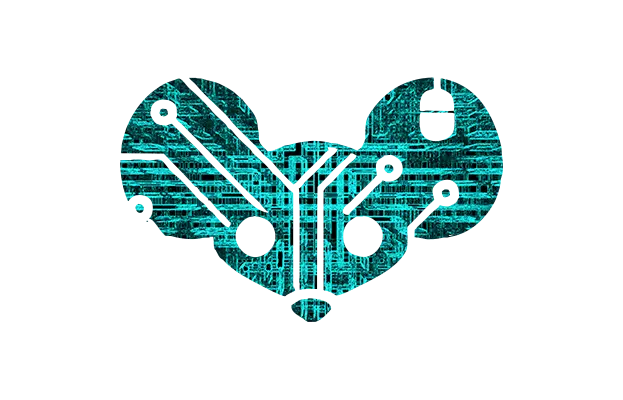

You should probably report that to the browser developer. Sounds like their tracker filter has a bug causing false positives.


You should probably report that to the browser developer. Sounds like their tracker filter has a bug causing false positives.


I was thinking that it sounded about right, until I read beyond the headline:
Its value is approximately one hour, or half an hour for a one-way trip.
WHAT. I thought he meant one hour each way!
Are there any cities where that is the norm??? I’ve had sub-30 commutes in my life, and it felt like the height of luxury.
I had a 1.5 hour (one way) commute for a while, and I was burned the fuck out after a year of that. It takes a toll on your health.


Thanks for the info. I have not really tested Seedvault myself so this is all good to know.
Ironically, one of the main reasons I switched to GrapheneOS was because Google’s backups were so frustrating and I was hoping Seedvault would be more comprehensive.


What’s wrong with Seedvault?
I jumped on a lifetime deal they had a few years back. I mostly use it via the web UI and Android app, so I cannot comment on desktop or CLI client functionality.
The Android app is “okay”, but not great. Background photo sync doesn’t work consistently; I need to manually launch the app periodically to jog it. I know Android is kind of aggressive about background services, but other apps do this better so I think this is on Filen. Perhaps they should run a permanent notification to stay alive 24/7, like Syncthing does?
As with pretty much every other cloud storage app, it does not let me sync arbitrary folders/files, only photos and videos. *sigh*
It uses Android’s file provider API, so you can open and save files in most apps directly from/to Filen. However, this only seems to work for one-time use, not for apps that need to regularly open/save the same file. For example, when using Keepass2Android, you can have it store your password database on a cloud storage service. This works pretty well with Google Drive, but with Filen it loses the connection frequently because the pseudopaths the API returns are not stable over time (which makes sense, I guess, and is one more reason I want arbitrary local file sync instead). Personally, I went back to storing my Keepass database locally and then periodically backing it up rather than keeping it on live cloud storage.
It’s one of the cheapest E2EE cloud storage services I’ve seen (definitely the cheapest for me with the lifetime promo I got), and the core functionality of uploading and downloading files (and folders) works. That’s good enough for me to give it the thumbs-up.


But here’s the really funky bit. If you ask Claude how it got the correct answer of 95, it will apparently tell you, “I added the ones (6+9=15), carried the 1, then added the 10s (3+5+1=9), resulting in 95.” But that actually only reflects common answers in its training data as to how the sum might be completed, as opposed to what it actually did.
This is not surprising. LLMs are not designed to have any introspection capabilities.
Introspection could probably be tacked onto existing architectures in a few different ways, but as far as I know nobody’s done it yet. It will be interesting to see how that might change LLM behavior.
I used to use Filen for this, but it never worked very well. The file provider path it returned to Keepass2android was only temporary, so it would break periodically. Did Filen change how that works?
I eventually started using Syncthing instead. I connect to my home wi-fi often enough that it’s never too far out of sync with my home PC. And since it’s a local file, there’s no issue with using absolute paths.